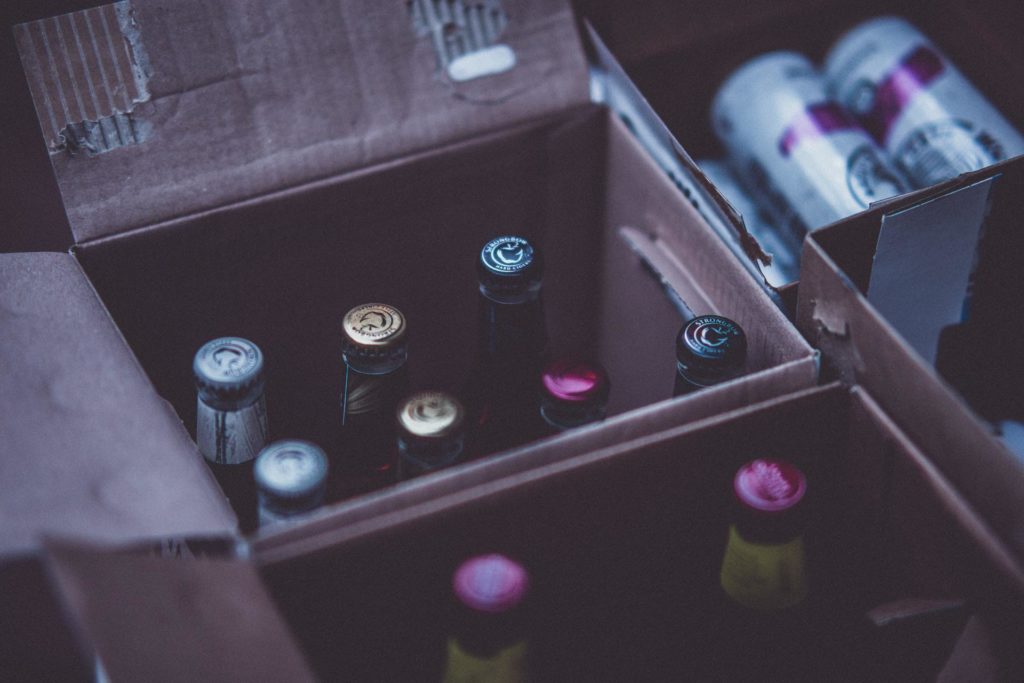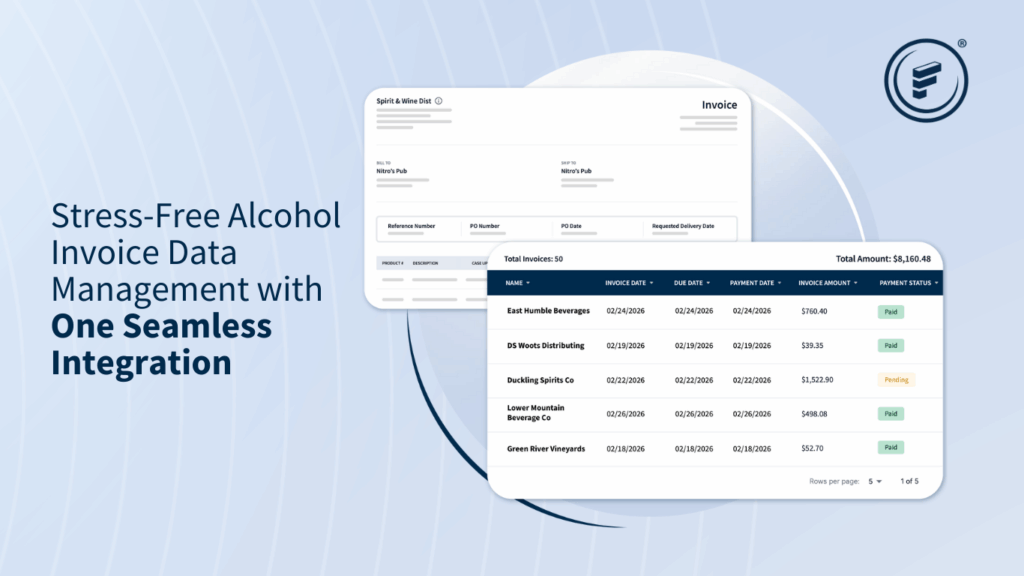In 1849, French writer Jean-Baptiste Alphonse Karr wrote, “the more things change, the more they stay the same,” and nothing could ring more accurate for the beer industry in 2021. We know that seems counterintuitive – the whole world has radically changed over the last 20 months; how could anything be staying the same? This is the question we set out to answer during this quarter’s Beer Industry Review with Lester Jones, National Beer Wholesalers Association Chief Economist, and Jim Kallies, Fintech Director of Distributor Accounts. Using Fintech’s InfoSource® data, we explored overall industry performance through week 47 and even presented a few opportunities for industry members looking to stand out.
- Sales to Retailers (STRs) peaked at 25 million cases in 2021 around the Fourth of July holiday weekend
- Craft Beer and Premium Plus Lights gained 7.5% and 4.3% of the on-premise shares, respectively
- Draft beer redeemed itself back to 5% of the total package mix for on-premise sales in 2021
- The top 76% of the hard seltzer shares are held by: White Claw, Truly, and Bud Light Setlzer
First, it’s necessary to understand the scope of the data used for this presentation. Fintech’s InfoSource data represents the aggregation of beer, wine, and spirits retailer purchase data between over 180,000 retail locations and more than 4,500 distributors nationwide, so this data is sales to retailers (STRs). Fintech’s data is inclusive of nearly every retail vertical and represents over 855 million cases processed in the beer industry so far in 2021 – that’s roughly three out of every ten beers paid for through Fintech.
With this in mind, we can compare weekly volumes year over year to see that, while there have been shifts in the industry (on-premise recovery, package shifts, seltzer growth, seasonal sales, etc.), the trends are following a familiar path. The summer, namely weeks 22, 26, and 35, held the greatest STRs for 2021, topping out at nearly 25 million cases distributed for the Fourth of July holiday. While Labor Day volumes were lower than previous years (possibly due to the Delta variant), the fall weeks are delivering a slight boost in overall volumes. When we break down the segments, we see that Craft and Premium Plus Lights are growing significantly in the on-premise, gaining 7.5% and 4.3% of the shares, respectively. As for off-premise, FMB has the highest growth, achieving 2% share growth. Constellation is leading 2021, with a 0.9% increase in off-premise and 0.8% increase in on-premise shares. Interestingly, our “all others,” or suppliers not included in the top 10 shareowners, are seeing a 0.7% overall increase.
On-Premise Recovery
So far in 2021, on-premise weekly case volumes have remained lower than those of 2019. Thankfully (pun intended), the Thanksgiving holiday of week 47 brought our volumes back within about 35,000 cases of 2019 volumes. Take away what you will from these volumes, but the fact remains that comparing 2021 on-premise data to any previous year is like comparing apples to oranges. In 2019, there were roughly 162 retail establishments selling beer per 100,000 legal drinking age consumers. Today, there are only about 151 – a low we haven’t seen in a decade, despite the overall increase in population. But again, as things change, opportunities for brands to build in the on-premise remains, especially when it comes to draft beer.
Package Mix
Overall, draft beer is back to about 5% of the total package mix for 2021, up from 3% this time last year and holding 51% of the package mix for on-premise sales. According to DraftLine Technologies, however, this volume increase is flowing through far fewer handles. Nearly 45% of accounts in their sample market have open draft lines in their locations, totaling about 95,000 open lines (up from 87,000 open lines in 2020). This decrease in draft handles is countered by an increase in can packages across the on-premise landscape, likely due to the growth of seltzers, craft beer, and FMBs, and changes brought on by covid. Retailers are hesitant to bring kegs into their establishment because they don’t know what restrictions or staffing changes might come before they can sell them. Still, cans face their own challenges with supply chain issues and aluminum shortages, so it could be a huge opportunity for the beer industry to build brands in some of the open draft lines.
Seltzer & FMB
Again, the seltzer and FMB categories prove our theme of this presentation that the more change there is in the market, the more things actually stay the same. The seltzer category has seen a variety of new entrants over the last few years that are branching further and further into the on-premise, but the top players remain; White Claw, Truly, and Bud Light Seltzer represent the top 76% of shares in 2021. Interestingly, Truly is the only brand in the top three to see year-over-year growth, going from 26.8% to 28.9% from 2020 to 2021. Additionally, the second-tier, which includes Vizzy, Michelob, and Corona, has gone from 6.7% collectively to 10.9%, which is pretty impressive considering Michelob is a new entrant. But for all the excitement, it’s clear that Seltzer is falling into a familiar seasonality; higher shares over the summer and a tapering off after Labor Day, despite the category’s venture into fall and winter seasonals. There’s even growth occurring amongst FMBs, with ole’ reliable brands like Mikes Hard/Harder, Twisted Tea, and Seagrams owning 23.1%, 22%, and 14% of the category, respectively.
Seasonals
To wrap up our conversation, Lester and Jim dove into the wild world of seasonal beer. Each year, seasonal beers peak during the fall months with the onslaught of pumpkin beers hitting the market around week 32, then taper off shortly after Halloween to be followed by the far-less popular winter flavors. In 2021, fall seasonals peaked in week 35, with volumes nearly double those of 2019. As for 2021 winter beer, the volumes may have changed, falling below that of 2020 and 2019, but the trends stayed the same. Great Lakes Brewing Company is leading the pack with 21.7% of the volume, likely due to the brand’s success in the on-premise segment where they are up 42% in draft CE’s across their total footprint, according to a feature in Craft Business Daily earlier this month.
Overall, the industry has seen major, fundamental shifts over the last few years. New brands enter the market, others transform and reemerge with different velocities, and consumer preferences shift between categories. Covid-related restrictions have come and gone and come again (hopefully to be gone forever soon), leading to package and channel mix-ups. Production challenges, supply chain problems, and labor shortages have all impacted beer sales nationwide in the last year alone. But, despite all the changes and challenges, the beer industry remains relatively steadfast to predictable patterns and trends. Perhaps the biggest opportunity for beer industry members to simply take heart and keep moving forward – success is out there.
Click here to watch Lester and Jim’s entire Q3 Beer Industry Review and dive even deeper into the stats surrounding brands, segments, and categories. Interested in learning more about Fintech’s InfoSource data or have questions about this presentation? Contact us today!






